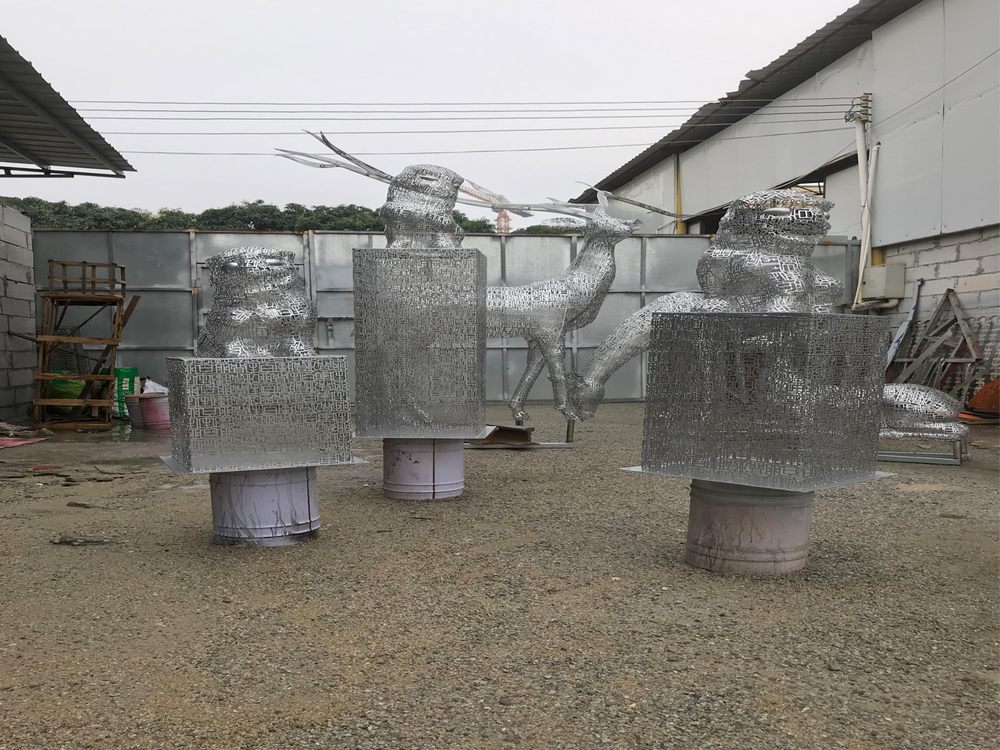
Public art commissions for stone sculptures are collaborative processes that transform raw materials into meaningful community landmarks. The journey typically begins with a funding initiative, where municipalities, private donors, or cultural organizations allocate budgets ranging from $10,000 to over $1 million depending on scale and prestige.
Artists are selected through rigorous processes - either open calls attracting hundreds of submissions or targeted invitations to established sculptors. Selection committees comprising arts professionals, community representatives, and local officials evaluate proposals based on artistic merit, durability, and relevance to the site's history or identity.
Once commissioned, sculptors enter contractual agreements specifying timelines (often 12-24 months), material specifications (commonly granite, marble, or limestone), and maintenance requirements. Many projects incorporate community engagement through public workshops or educational programs, particularly when the artwork commemorates local heritage.
The installation phase involves specialized engineers ensuring structural integrity, especially for large-scale works. Final approval comes from both artistic review panels and municipal safety inspectors. Successful commissions result in enduring artworks that become integral to public spaces for generations, with maintenance endowments often built into the original funding.
Notable examples like Chicago's Picasso sculpture or Oslo's Vigeland Park demonstrate how these processes create cultural touchstones that outlive their creators while reflecting community values through timeless stone mediums.

